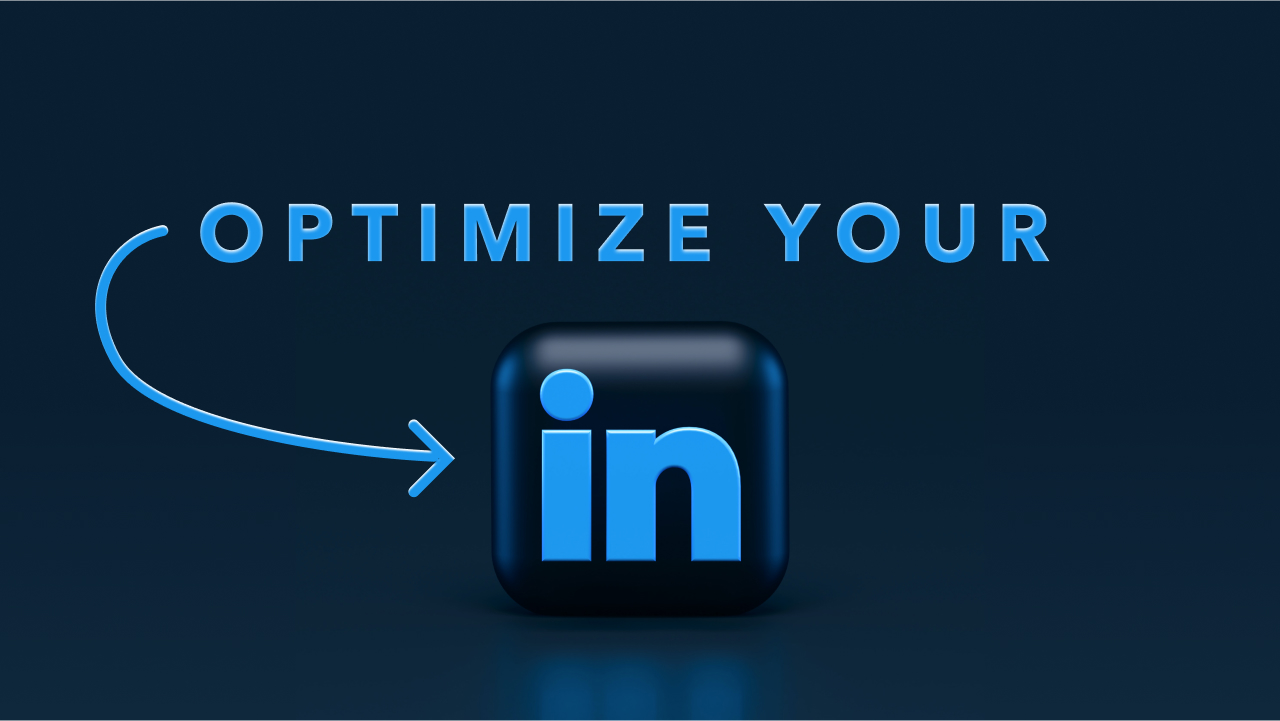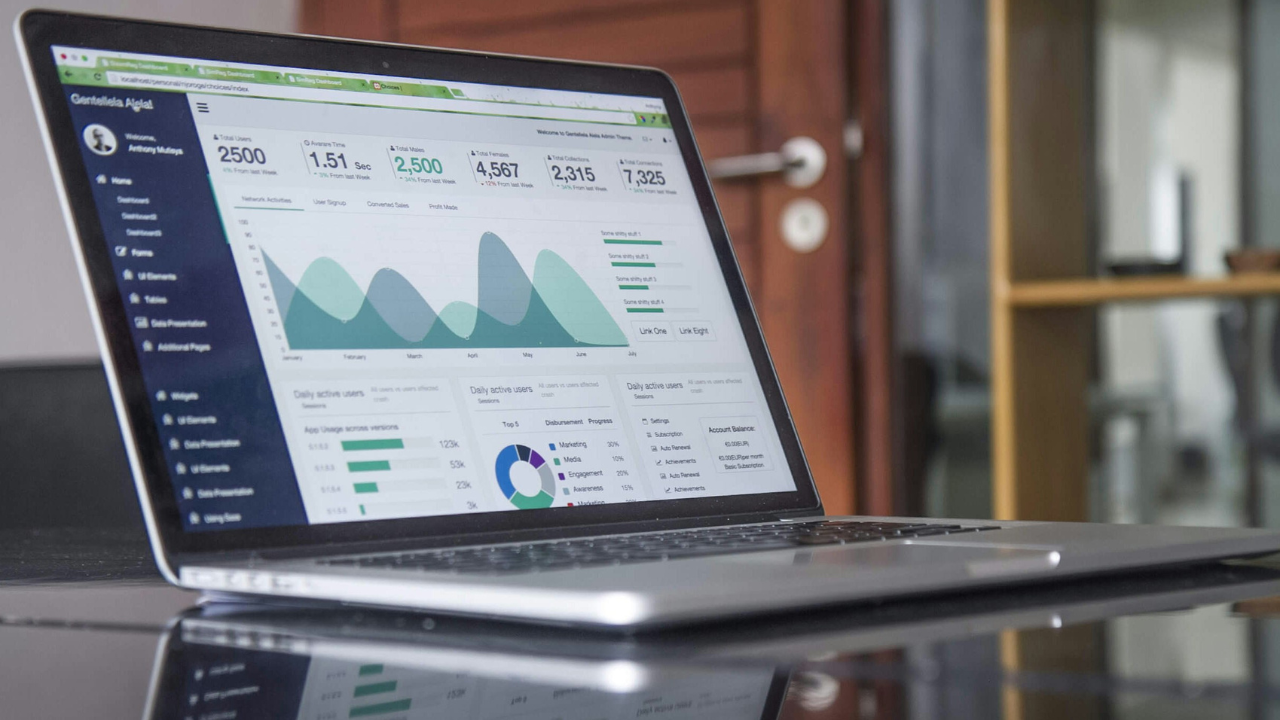Comprehensive Guide: Optimize Your LinkedIn Profile for Thought Leadership
Introduction
Establishing thought leadership on LinkedIn is an effective way to build your personal brand, grow your professional network, and showcase your expertise.
To achieve this, it's essential to optimize your LinkedIn profile for maximum impact.
In this comprehensive guide, we will cover key aspects of profile optimization, including turning on Creator Mode and adding a link to your profile with proper UTM parameters for tracking website traffic.
Table of Contents
- Setting up a Strong Profile Foundation
- Turning on LinkedIn Creator Mode
- Adding a Link with UTM Parameters to Track Website Traffic
- Crafting a Compelling Headline and Summary
- Setting Up Your "Featured" Section
- Adding a Cover Story Video
- Optimizing Your Work Experience and Skills
- Showcasing Your Accomplishments and Endorsements
- Monitoring Your LinkedIn Analytics and Adjusting Your Strategy
1. Setting up a Strong Profile Foundation
A complete and professional-looking LinkedIn profile is essential for establishing thought leadership. To set up a strong foundation, follow these steps:
- Upload a high-quality, professional headshot
- Opt for high-resolution images with dimensions of at least 400 x 400 px.
- Ensure your face occupies at least 60% of the picture, with good natural or professional lighting
- Consider adding a brand color behind your image using tools like Canva's 'remove background' feature
- Customize your LinkedIn URL to include your name
- Go to your LinkedIn profile page.
- Click on the "Edit public profile & URL" link on the top right corner.
- In the "Edit your custom URL" section, click on the pencil icon.
- Replace the random alphanumeric characters with a custom URL that reflects your name or personal brand.
- Click "Save" to finalize the change.
- Add a background or "cover" image that represents your industry, location or expertise
- At a minimum a great photo of your city skyline can work
- If you have access to a designer, consider a custom brand-centric banner image for your cover image
- Fill out your contact information, including email, phone number, and website
- Ensure your profile is set to be publicly visible.
- Log in to your LinkedIn account.
- Click on your profile picture or the "Me" icon in the top-right corner of the navigation bar.
- In the dropdown menu, click on "Settings & Privacy."
- You will be directed to the "Account" tab. Click on the "Visibility" tab in the left-hand menu.
- Under the "Visibility" tab, you will see various settings related to your profile visibility. To ensure your profile is public, look for the setting "Edit your public profile."
- Click on "Change" next to "Edit your public profile."
- A new tab or window will open displaying your public profile settings. On the right-hand side of the screen, you will see a section titled "Your profile's public visibility."
- Toggle the switch next to "Make my public profile visible to everyone" to the "On" position. Your profile will now be visible to the public, including those who are not logged into LinkedIn.
- Remember to review the other settings under "Your profile's public visibility" to control which specific sections of your profile are visible to the public. Adjust these settings as needed to tailor your public profile to your preferences.
2. Turning on LinkedIn Creator Mode
LinkedIn Creator Mode is a feature designed to help users grow their reach and influence on the platform. To turn on Creator Mode, follow these steps:
- Click "Me" in the top navigation bar.
- Click "View Profile" from the dropdown menu.
- Scroll down to the Resources section and click on "Creator mode Off."
- Click "Next" on the popup that appears.
- Add up to five topics that you regularly post about and click "Turn on."
3. Adding a Link with UTM Parameters to Track Website Traffic
Adding a website link with enticing text and UTM parameters to your LinkedIn profile is an excellent way to drive traffic to your website and track its performance. Here's how to do it:
- Log in to your LinkedIn account and navigate to your profile by clicking on your profile picture or the "Me" icon in the top-right corner, then selecting "View Profile" from the dropdown menu.
- On your profile page, click on the "Add profile section" button and select the "Contact info" option under the "Intro" section.
- In the "Contact info" window that appears, click on the pencil icon to edit your contact information.
- Scroll down to the "Websites" section and click the "Add website" button.
- Choose an enticing text for the link that describes your website or its main offering, keeping in mind that the text is limited to 30 characters. For example, you could use something like "Digital Marketing Tips" or "Career Coaching Services."
- To add UTM parameters to your website link, first navigate to a UTM builder tool like Google's Campaign URL Builder.
- Enter your website URL, campaign source (organic_social), campaign medium (linkedin), and campaign name (YOURNAME_link_in_bio). You can customize the other fields as needed. After filling in the required information, the tool will generate a URL with UTM parameters.
- It'll look something like this: https://www.YOURWEBSITE.com/?utm_source=organic_social&utm_medium=linkedin&utm_campaign=name_link_in_bio
- Copy the generated URL and paste it into the "Website URL" field on your LinkedIn profile's "Contact info" window.
- Click "Save" to update your contact information and add the website link to your LinkedIn profile.
The website link with the enticing text and UTM parameters will now appear at the top of your profile. This will not only encourage visitors to click on it but also help you track the traffic coming from your LinkedIn profile to your website through analytics tools like Google Analytics.
Monitor traffic data in Google Analytics or another analytics tool to measure the effectiveness of your LinkedIn profile in driving website traffic.
4. Crafting a Compelling Headline and Summary
Your headline and summary are crucial for attracting the attention of potential connections and showcasing your expertise.
The headline is the first bit of info people will see when your profile appears in search results or a small-format feed, and largely determines whether or not they'll click to your profile. So, it's important.
Keep these tips in mind:
- Write a headline that clearly states your role and value proposition.
- Use relevant keywords to improve your profile's visibility in search results.
- Craft a summary that tells your story and highlights your expertise, achievements, and professional interests.
5. Setting Up Your "Featured" Section
The "Featured" section on your LinkedIn profile is an excellent way to showcase your best work, achievements, and professional content. You can add articles, links, images, videos, and other media to this section to help establish your personal brand and expertise. Here's how to use the "Featured" section on your LinkedIn profile:
- Log in to your LinkedIn account.
- Click on your profile picture or the "Me" icon in the top-right corner of the navigation bar, and then click on "View Profile" from the dropdown menu.
- Scroll down to the "Featured" section on your profile. If you haven't added any items yet, click on the "+" button next to "Featured" to start adding content.
- A new window will open, allowing you to choose the type of content you want to feature:
- Media: Upload images, documents, presentations, or videos
- Posts: Select a LinkedIn post you've created or shared
- Articles: Select an article you've written on LinkedIn
- Links: Add a link to external content, such as a blog post, portfolio, or website
- After choosing the content type, follow the prompts to add the specific item you want to feature. For example, if you choose "Links," paste the URL into the "Add a link" field, and click "Add."
- Once you've added the content, you can click and drag the items in the "Featured" section to reorder them according to your preference
- To remove or edit a featured item, hover over the item in the "Featured" section, click on the pencil icon that appears, and then choose "Remove from Featured" or "Edit."
By using the "Featured" section strategically, you can highlight your most relevant and impressive accomplishments, making it easier for visitors to understand your professional expertise and personal brand.
6. Adding a Cover Story Video
Adding a Cover Story video to your LinkedIn profile is a powerful way to showcase your personality, expertise, and professional background. It allows you to create a personal and engaging introduction for visitors to your profile. Here's how to add a Cover Story video to your LinkedIn profile:
- First, ensure that you have the LinkedIn Creator Mode enabled on your profile. If you haven't already, follow the steps to enable Creator Mode (refer to the previous responses for instructions).
- Prepare your 30-second video. Keep it professional and concise, introducing yourself, explaining what you do, discussing how people can get in touch with you, and outlining what it would look like to work with you. Make sure the video is well-lit, with clear audio, and represents you authentically.
- Log in to your LinkedIn account and navigate to your profile by clicking on your profile picture or the "Me" icon in the top-right corner, then selecting "View Profile" from the dropdown menu.
- On your profile page, hover over your profile picture. You will see a camera icon with a "+" symbol appear on the top right corner of your profile photo. Click on this icon.
- A new window will open, allowing you to upload your Cover Story video. Click on the "Add video" button, then browse and select the video file from your computer or device.
- After uploading the video, you can review it and add captions if desired. Click "Done" to save your changes and add the Cover Story video to your profile.
- Once the video is added, a blue-purple gradient circle will appear around your profile photo, indicating that you have a Cover Story video available for viewers to watch. When someone clicks on your profile picture, your Cover Story video will start playing, providing a dynamic and engaging introduction to your professional persona.
7. Optimizing Your Work Experience and Skills
Showcase your career progression and skillset by:
- Providing detailed descriptions of your work experiences, highlighting accomplishments and contributions.
- Adding relevant skills to your profile and seeking endorsements from connections.
8. Showcasing Your Accomplishments and Endorsements
Demonstrate your expertise and credibility by:
- Adding any relevant certifications, awards, or publications.
- Requesting recommendations from colleagues, clients, or mentors.
- Sharing your involvement in professional organizations and volunteer work.
9. Monitoring Your LinkedIn Analytics and Adjusting Your Strategy
Regularly monitor your LinkedIn analytics to measure your profile's performance and adjust your strategy accordingly. Pay attention to:
- Follower growth, post engagement, and profile views.
- The success of different content types, such as articles, posts, and comments.
- The performance of your custom URL with UTM parameters in driving traffic to your website.
Adjust your content strategy, engagement tactics, and profile optimization efforts based on the insights gained from your analytics data.
Conclusion
Establishing thought leadership on LinkedIn requires a well-optimized profile, strategic content creation, and consistent engagement with your network.
By following the steps outlined in this guide, you'll be well on your way to showcasing your expertise and growing your professional influence on the platform.
Remember to track your progress using LinkedIn analytics and adjust your strategy as needed to maximize your success.
Once your profile is optimized, you can begin to build thought leadership by regularly engaging with your network and sharing insightful content, such as:
- Publishing LinkedIn articles and posts on topics relevant to your industry.
- Sharing industry news, research, and insights.
- Commenting on and engaging with content shared by others in your network.
Make sure you are consistently sharing short-form video content, as it's the most engaging, authentic content format for building authority, growing your audience and driving sales results. For more, check out our guide on how to engage and share content on LinkedIn.



